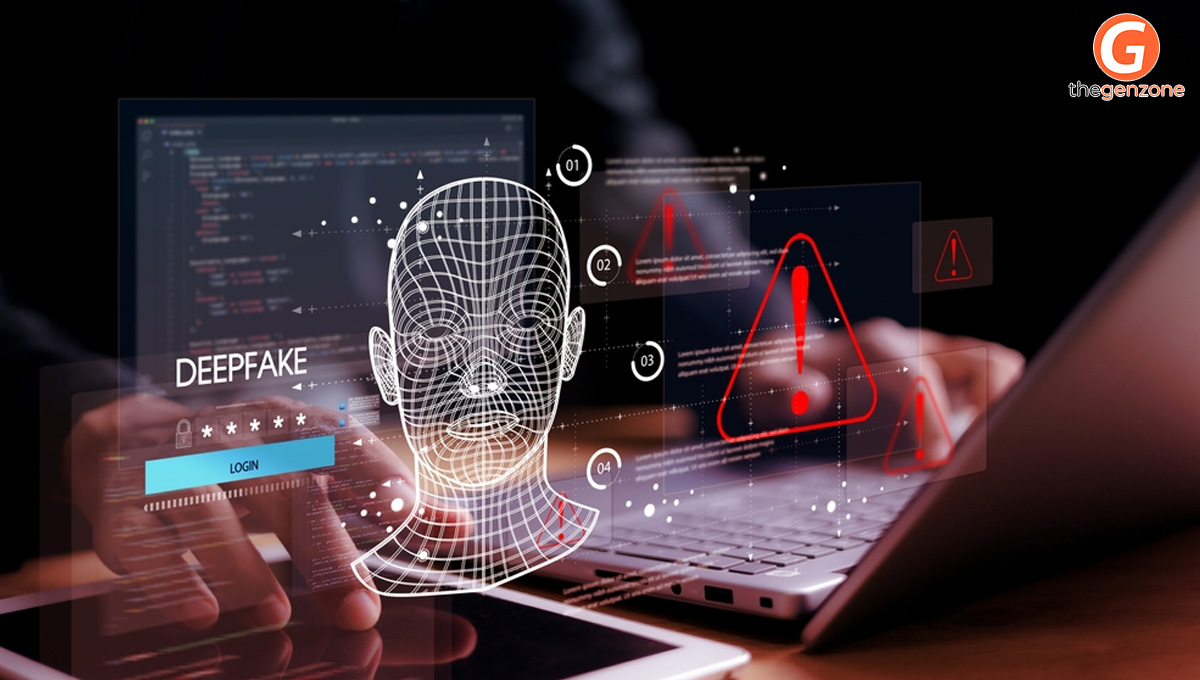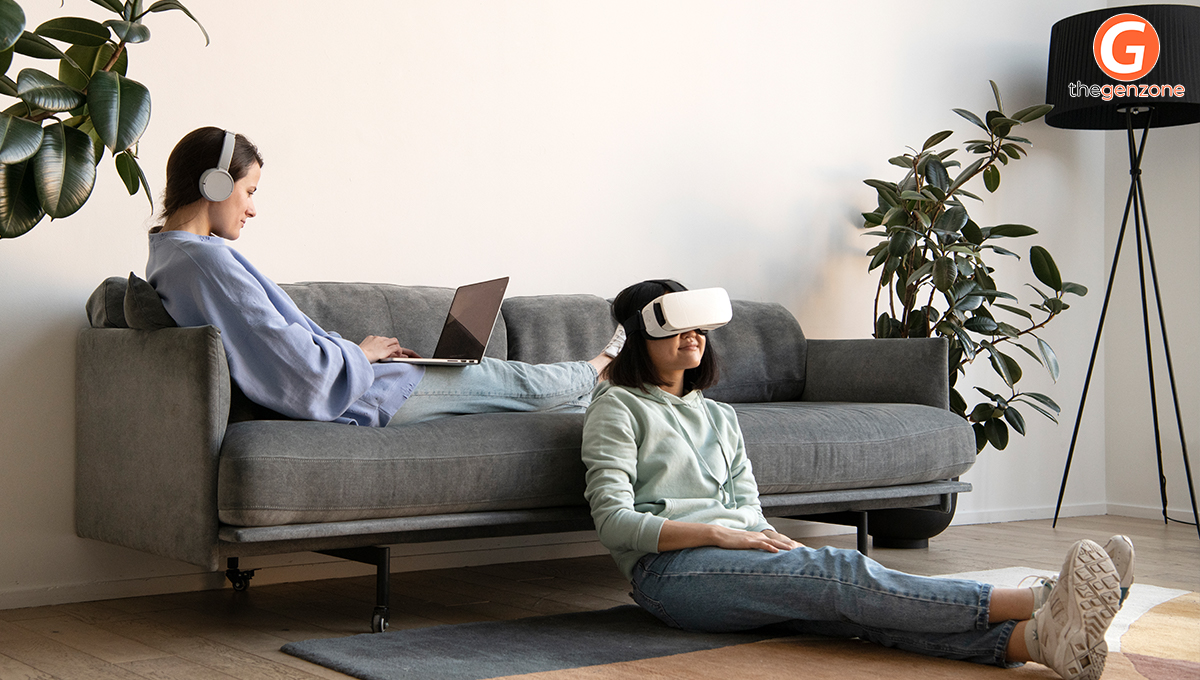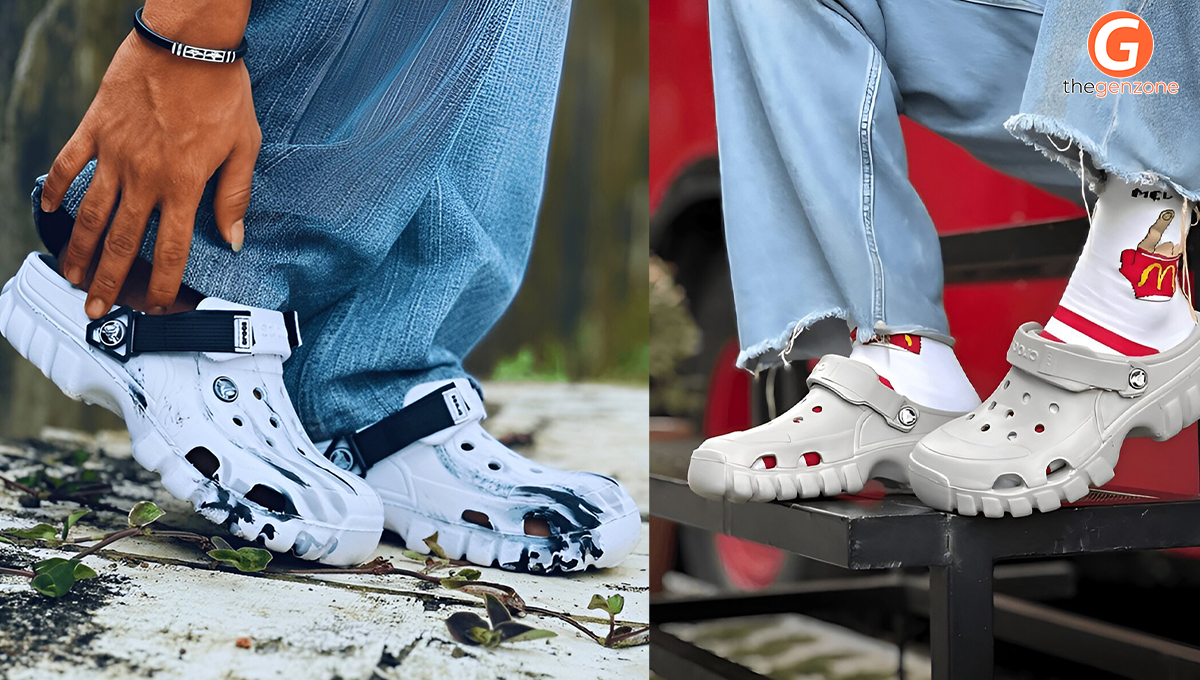
How Deepfake Detection Technology Outsmarts Digital Deception
We scroll. We click. We believe. In today’s hyper-digital world, spotting a fake isn’t always easy. From viral videos to manipulated speeches, the rise of deepfakes has challenged our perception of reality. But worry not—deepfake detection technology is here to step up. It’s our modern-day armor in a war against misinformation.
The game-changer? Artificial intelligence. When combined with innovative algorithms and detection protocols, AI has the power to fight back and reclaim truth. Deepfake detection technology has become a frontline defense in maintaining digital integrity, separating fact from fabrication in an era of fast-spreading fakes. But what does this tech really look like in action? Let’s decode the buzzword.
Deepfake Detection Software: What It Actually Does
At the heart of this revolution lies deepfake detection software. These systems use neural networks to analyze and compare facial movements, audio mismatches, and pixel inconsistencies. Unlike traditional tools, they don’t just scan a video frame-by-frame—they learn patterns and anomalies. Think of them as hyper-intelligent lie detectors for digital media.
Leading firms and researchers are developing models that go beyond the surface to identify altered or synthetic content created by AI video editing. These tools operate on a variety of data points: blinking frequency, speech modulation, mouth shapes, and head positioning, all of which can subtly signal a fake. As deepfakes evolve, the sophistication of these tools must keep pace—and so far, they are.
These AI-powered systems are increasingly being adopted by security firms, social media giants, and government agencies. While software capabilities vary from platform to platform, their core mission remains the same: sniffing out digital lies before they go viral and cause real-world consequences.
Features of Popular Deepfake Detection Tools
|
Feature |
Importance Level |
Applied By |
|
Facial Mapping Analysis |
High |
AI Labs, Universities |
|
Audio Sync Detection |
Medium |
Social Media Platforms |
|
Pixel & Frame Comparison |
High |
Security Startups |
|
Deep Learning Pattern Recognition |
High |
Tech Companies |
|
Real-Time Content Flagging |
Medium |
News Agencies |
A Peek at AI Deepfake Detection
What makes AI deepfake detection so fascinating is its ability to evolve. It isn’t static code—it’s intelligent technology that learns from each fake it finds. Algorithms today can dive into metadata, facial tics, and even inconsistencies in lighting and shadows to detect what the human eye might miss.
For example, AI generated deepfakes may skip subtle yet vital details like inconsistent reflections in the eyes or unrealistic blinking. These are the tiny breadcrumbs that deepfake detection tools are trained to follow. Moreover, many of these systems now incorporate cross-referencing with known authentic videos for quicker and more accurate verification.
Some platforms use blockchain verification to stamp content at the moment of creation. Others embed markers within the video metadata that help AI tools later verify originality. Together, these methods create a robust digital shield against the growing storm of manipulated content.
Digital Deception is Everyone's Problem
No longer limited to Hollywood magic or political manipulation, digital deception is now part of our daily digital diet. Whether it’s fake endorsements, scam calls, or counterfeit testimonials, deepfakes are creeping into areas like e-commerce, dating apps, and workplace presentations.
The ripple effect? Eroded trust—not just in media, but in people, institutions, and even brands. That’s why deepfake detection technology matters beyond the tech labs. It’s not just for cybersecurity pros. It’s about empowering everyday users to question what they see before hitting that share button.
The misuse of digital content has already impacted elections, ruined reputations, and even cost innocent individuals their jobs. By understanding digital deception and advocating for its detection, we help maintain the foundation of truth.
Media Verification in a Deepfake Era
Media outlets, law enforcement, and educational institutions are ramping up their use of media verification protocols. These practices include everything from watermarking original files to deploying AI-based scanning tools across newsrooms.
By working hand-in-hand with security technologies, these systems offer users a layer of real-time protection. Imagine watching a breaking news clip and getting an alert that the content has been verified—or worse, flagged as suspect.
Such proactive systems boost transparency and reduce blind trust in viral content. They also encourage critical thinking, pushing consumers to not just believe everything they see but to question and analyze content more thoroughly.
AI-Generated Media: Friend or Foe?
AI generated media isn't all bad. From all the virtual classrooms and the realistic video games to the amazing lifelike digital doubles in film production, it's revolutionizing everything to every extent.
However, this powerful tool can easily be misused. When that creative potential is harnessed to impersonate real people, twist narratives, or create fake scenarios, the impact is far-reaching and dangerous.
Here’s where deepfake detection technology becomes more than a safeguard—it becomes a necessity. It’s not about fearing AI; it’s about regulating and monitoring its role in media. With ethical guidelines and proper checks, we can continue to benefit from AI without falling victim to its darker capabilities.
Conclusion: Outsmarting the Fakes, One Frame at a Time
In the age of deepfakes, being fooled isn’t a question of intelligence—it’s about digital awareness. Fortunately, we’re not defenseless. Thanks to advancements in deepfake detection technology, individuals and institutions now have powerful tools to guard against misinformation.
By integrating smart deepfake detection techniques, enhancing current security technologies, and developing better habits around media verification, we can collectively create safer digital spaces. This isn’t just about flashy tech—it’s about protecting truth in a time when fakes spread faster than facts.
From governments to gamers, from journalists to casual content consumers—everyone has a role to play. It starts with understanding the threat, adopting the tools, and staying informed.
Because in today’s digital age, spotting fakes smartly isn’t just a tagline—it’s a survival skill.


.jpg)





